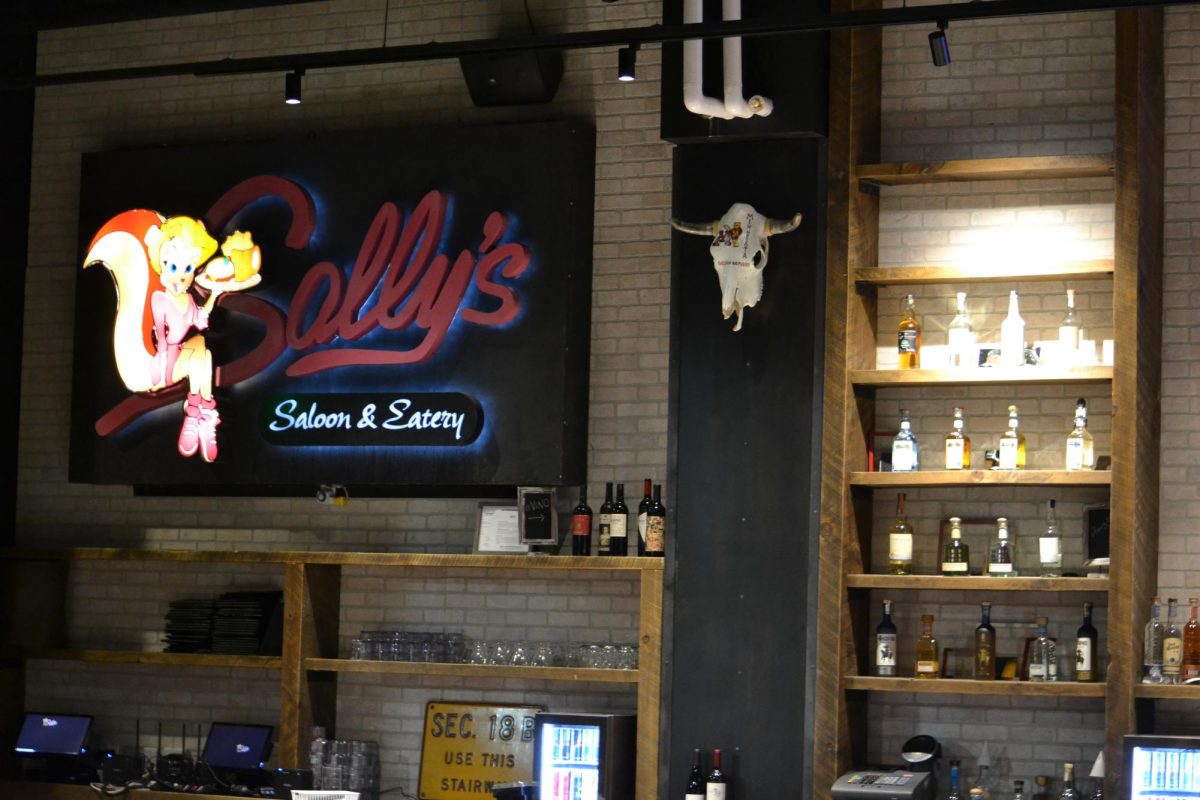Sami Nichols has seen firsthand the death sentence that glass can be for unsuspecting feathered friends.
For almost six years, the conservation biology doctoral student has cataloged hundreds of birds that died after crashing into Twin Cities buildings — an issue recently underscored by some conservation groups’ concerns that the new Minnesota Vikings stadium could become an avian “death trap” when it opens in 2016.
Hundreds of millions of birds are killed nationwide each year after colliding with buildings, according to a study published earlier this year by the Cooper Ornithological Society.
“I see that as not only a huge loss, but also highly preventable,” Nichols said.
University of Minnesota researchers have developed bird-friendly building guidelines using data collected with the help of volunteers from Project BirdSafe — a joint effort between Audubon Minnesota and the Bell Museum of Natural History — that have been combing Twin Cities routes for dead birds since 2007, Nichols said.
Researchers hope to inform conservation efforts by creating a scientific record of lethal collisions, said Robert Zink, an ecology, evolution and behavior professor.
Although some say the under-construction Vikings stadium is a potential threat for migrating flocks, Zink said he thinks it is too early to label it a bird death trap.
“I consider that to be scientifically irresponsible,” Zink said. “We don’t know yet what the outcome will be.”
Campus avian problem spots
Sometimes, the moment birds think they have a clear path, they fly into glass, Zink said.
“Birds don’t see glass the way that we do,” he said, citing reflective or transparent varieties as especially dangerous.
The University is not immune to lethal bird impacts, even as its research and resources aim to prevent and treat them.
“Campuses are a notorious problem because they tend to have a lot of buildings, a lot of glass, and also a lot of plantings,” said Joanna Eckles, a manager at Audubon Minnesota. “They’re an attractive place for birds, and we want to keep it that way.”
The patients at the University’s Raptor Center are often birds from urban areas suspected of striking windows, said the center’s executive director, Julia Ponder.
“They’re found on the ground below windows with fractured bones and head trauma,” she said.
Zink also said the University has a few problem spots, including the West Bank’s glass walkways.
“Oddly enough, we find some dead birds in front of the Ecology Building [on] the St. Paul campus,” he said.
Audubon Minnesota has worked with University Facilities Management to solve collision crises in the past, Ponder said, like in one incident in which dozens of migrating waxwings died after being funneled into a new St. Paul campus plaza that featured clear-glass panels.
After consulting with Audubon Minnesota, the University eventually covered the panels with tape and then replaced them with etched glass, Ponder said.
“Facilities Management was actually really responsive in that case,” Eckles said, adding that she hopes the group can work with the University in the future. “There’s a lot of room to do more.”
A movement to keep birds in the sky
The effort was initially two-pronged, with a focus on monitoring deaths and working with building owners and managers to reduce features that can confuse birds in flight, Eckles said.
By implementing design features like ultraviolet or ceramic glass patterns, Eckles said, Project BirdSafe seeks to reduce the likelihood that they’ll strike windows or other surfaces.
To determine which kinds of buildings are most lethal to birds, Nichols said volunteers carefully record the locations of birds that turn up dead after hitting structures, before the Bell Museum serves as a repository for the specimens.
For Nichols, the only University doctoral student working on Project BirdSafe, the process can be emotional — like when her favorite bird, the brown creeper, crops up a specimen.
“It’s just sort of an, ‘Ah, this is such a beautiful bird, it’s a shame that this happened,’” she said.
Efforts to promote bird safety have already had some success. In 2013, Minnesota enacted new bird-safe guidelines for construction projects funded by state bonds, as part of a larger set of environmental building requirements. The University’s Center for Sustainable Building Research, along with Audubon Minnesota, helped write those parameters, Eckles said.
Patrick Smith, a research fellow at CSBR, said new projects must fall under certain thresholds that minimize threat factors, or properties that increase the likelihood of bird collision.
Because plans for the Vikings stadium passed under a previous version of the law, it doesn’t have to abide by current bird protections, Stewart said.
Zink added that while any protection keeping birds from colliding with structures is important, focusing too much on bird-safe glass could deflect attention from more serious big-picture issues.
“Putting up some bird-safe glass isn’t enough,” Zink said. “Probably the biggest single threat to birds is habitat loss and habitat fragmentation.”















